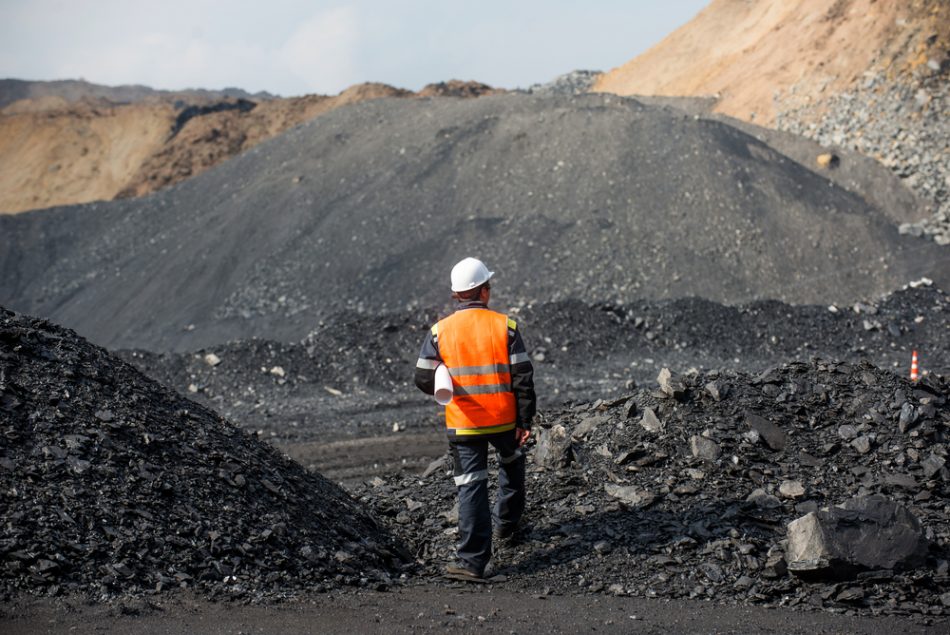A huge hurdle in the transition to renewable energy is the question of what will happen to the thousands of jobs in the coal and gas industries. Fortunately, multiple studies have shown the economic benefits associated with a transition to a greener energy future, and now, even the US’ largest coal union is on board with the shift.
United Mine Workers of America is the country’s largest union representing coal miners. It announced last week that it would support a transition to renewable energy sources provided that union members were given opportunities for well-paying jobs in the new solar, wind, and hydropower sectors.
Employment in the coal industry has dropped by 50 percent over the last decade as safer and cleaner renewable sources take the place of fossil fuels, but despite the push for this transition, there are still few programs in place to effectively retrain and replace coal miners in these new sectors.
To facilitate a transition to renewables that works for the planet and coal workers, the union has asked for tax incentives for the manufacturing of parts for solar panels and wind turbines in coalfield areas as well as preference for laid-off coal miners in these job openings. It also called for funding to clean up abandoned wells, an initiative that will create jobs and prevent further emissions from these sites.
Fortunately, the $2 trillion infrastructure plan introduced by the federal government last month already contains many of these provisions including funding for reclaiming mines and carbon capture research, as well as a dislocated workers program to help with job placement.
The coal mining industry has long been one of the staunchest opponents of green energy, but collaboration between miners, state, and federal governments will yield a far more rewarding transition for these workers than fighting against renewables until the bitter end. The report on this transition issued from the union acknowledges this fact and states: “Change is coming, whether we seek it or not. Too many inside and outside the coalfields have looked the other way when it comes to recognizing and addressing specifically what that change must be, but we can look away no longer.”











